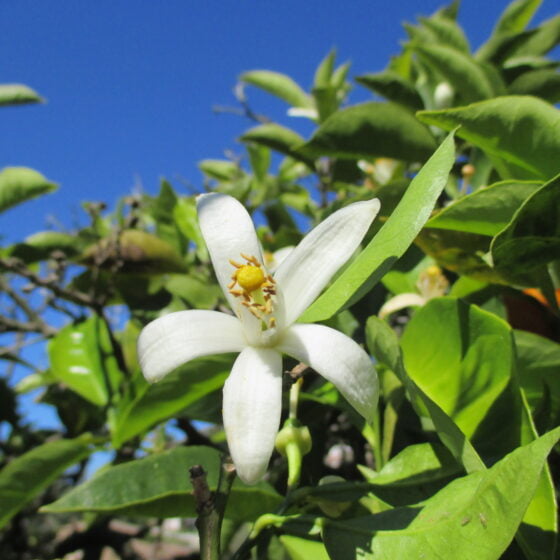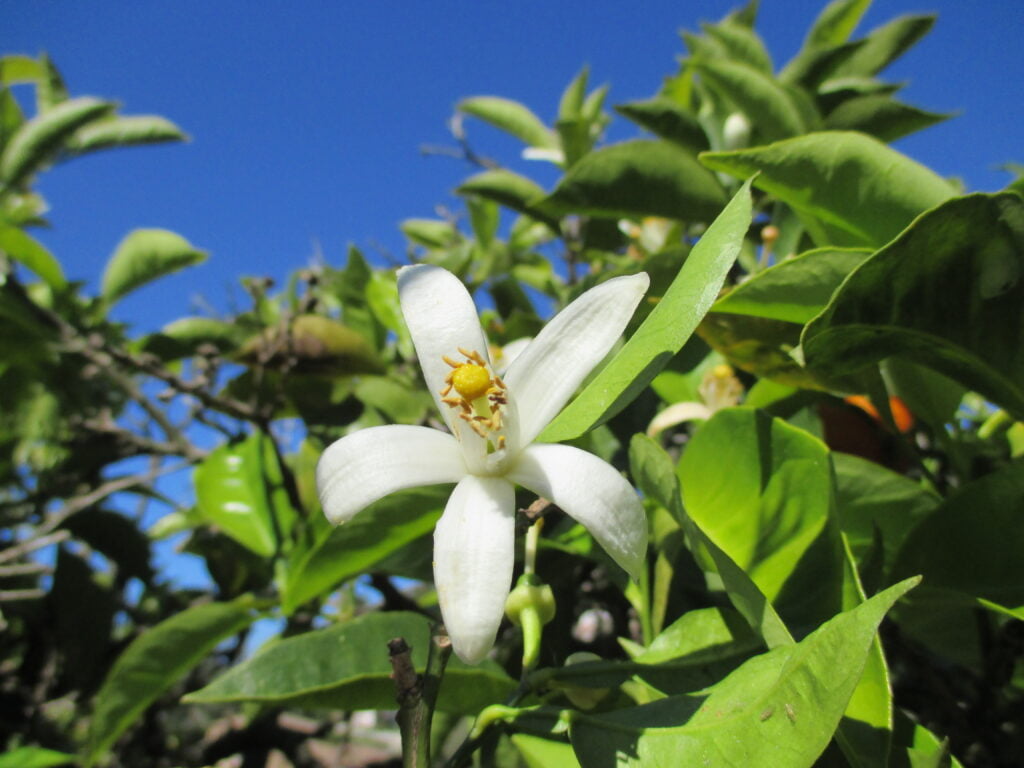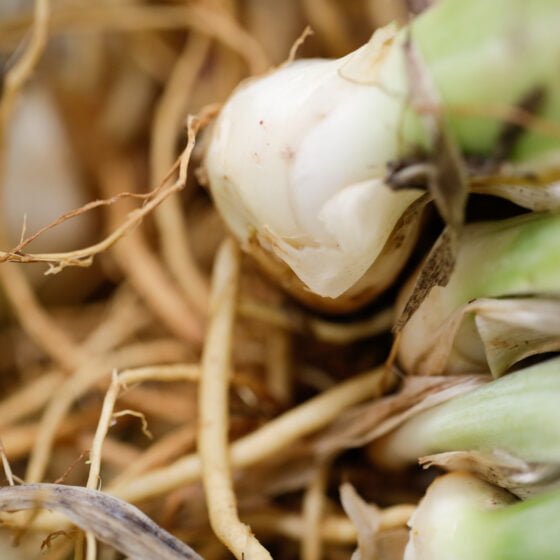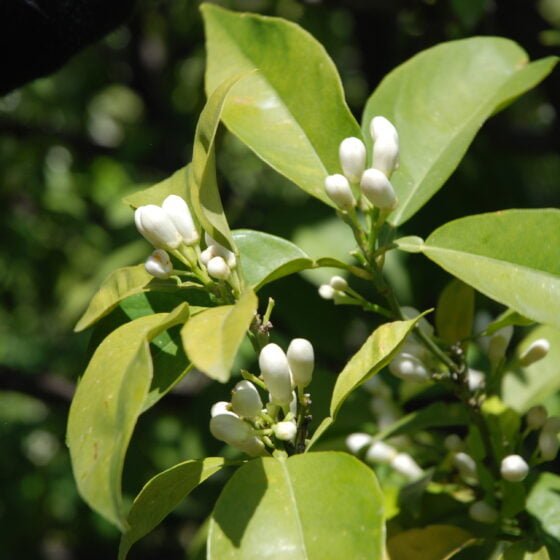
Neroli Organic Morocco
Citrus aurantium ssp amara
General data
Harvest Calendar
- J
- F
- M
- A
- M
- J
- J
- A
- S
- O
- N
- D
Product details Fragrance side
Neroli is traditionally used in colognes. It can be used as a top note for reconstitutions of orange blossom or gardenia. When blended with orange blossom absolute, neroli adds a simple and effective freshness.
Well-being side
Gentle antibacterial, skin tonic, soothes nervous tensions expressed at the digestive level and in the heart. Antidepressant, essential oil for those who are afraid, it restores courage, vitality and self-confidence.
*The aromatherapy properties in this document are excerpted from reference books, scientific articles, or specialized websites and are provided to customer for its information and internal use only. Claims on a finished product remain the responsibility of the company making the finished product available on the market. About
Citrus aurantium var. amara, known as the bitter orange tree or the Seville orange tree, is native to Asia Minor. It was introduced in Europe, specifically Spain, by Arab merchants in the 9th and 10th centuries. In the 19th century and start of the 20th century, the bitter orange tree brought great renown to the southern French towns of Vallauris and Golfe-Juan.
The bitter orange blossom takes its name Neroli from a 17th-century duchess named Anne-Marie de la Trémoille, also known as Princess of Nerola. She was particularly fond of this flower and used it to scent her gloves and bath water.
Orange blossoms need the winter cold to bloom in the spring, but the trees cannot tolerate frost. Come springtime, the blooms are hand-picked, one by one, and swiftly processed. The flowers are processed into essential oil on site. The trees begin producing five years after being planted in the ground, but do not become fully productive until they are a decade old, after which they can produce for more than 40 years.
Fragrance side
Neroli is traditionally used in colognes. It can be used as a top note for reconstitutions of orange blossom or gardenia. When blended with orange blossom absolute, neroli adds a simple and effective freshness.
Well-being side
Gentle antibacterial, skin tonic, soothes nervous tensions expressed at the digestive level and in the heart. Antidepressant, essential oil for those who are afraid, it restores courage, vitality and self-confidence.
About
Citrus aurantium var. amara, known as the bitter orange tree or the Seville orange tree, is native to Asia Minor. It was introduced in Europe, specifically Spain, by Arab merchants in the 9th and 10th centuries. In the 19th century and start of the 20th century, the bitter orange tree brought great renown to the southern French towns of Vallauris and Golfe-Juan.
The bitter orange blossom takes its name Neroli from a 17th-century duchess named Anne-Marie de la Trémoille, also known as Princess of Nerola. She was particularly fond of this flower and used it to scent her gloves and bath water.
Orange blossoms need the winter cold to bloom in the spring, but the trees cannot tolerate frost. Come springtime, the blooms are hand-picked, one by one, and swiftly processed. The flowers are processed into essential oil on site. The trees begin producing five years after being planted in the ground, but do not become fully productive until they are a decade old, after which they can produce for more than 40 years.
Other type of extracts
(Floral)


